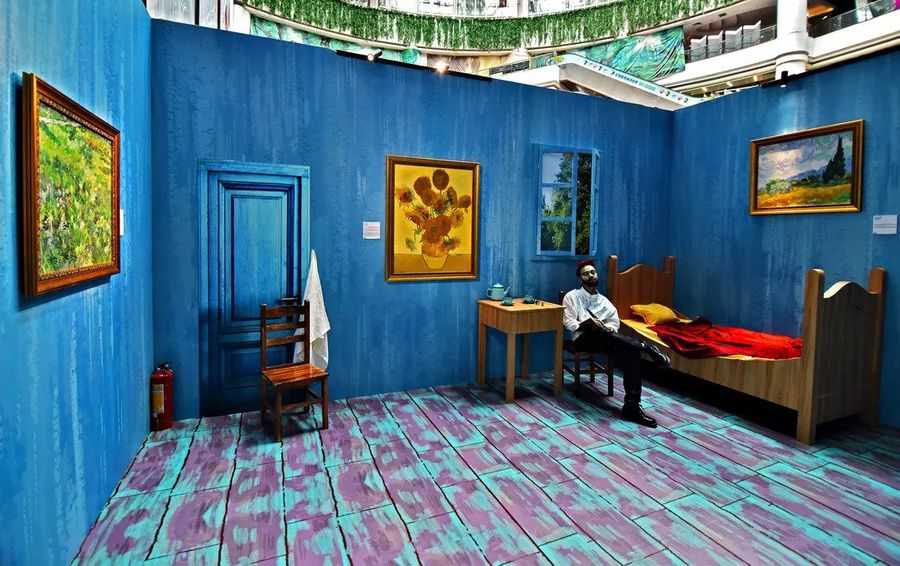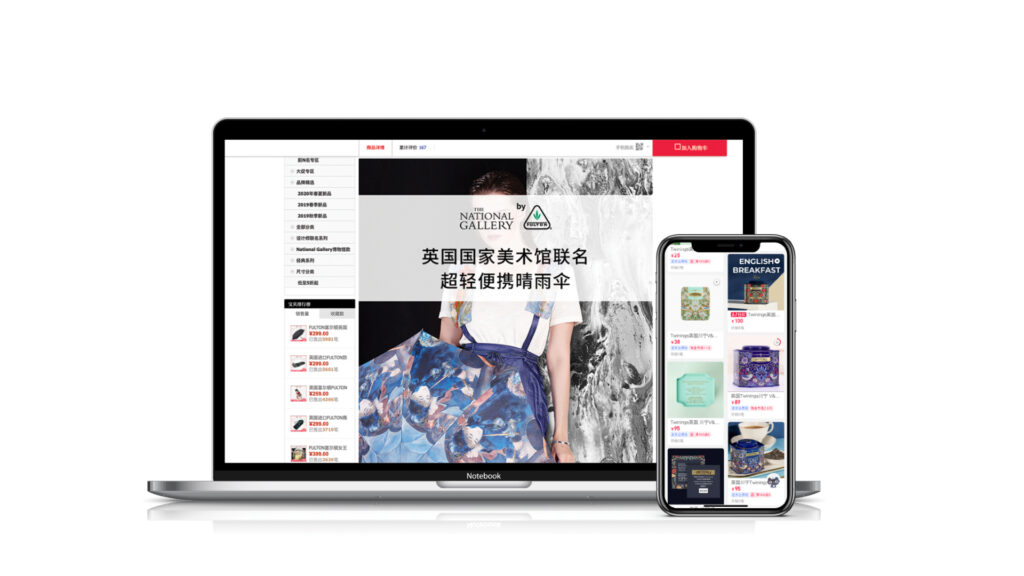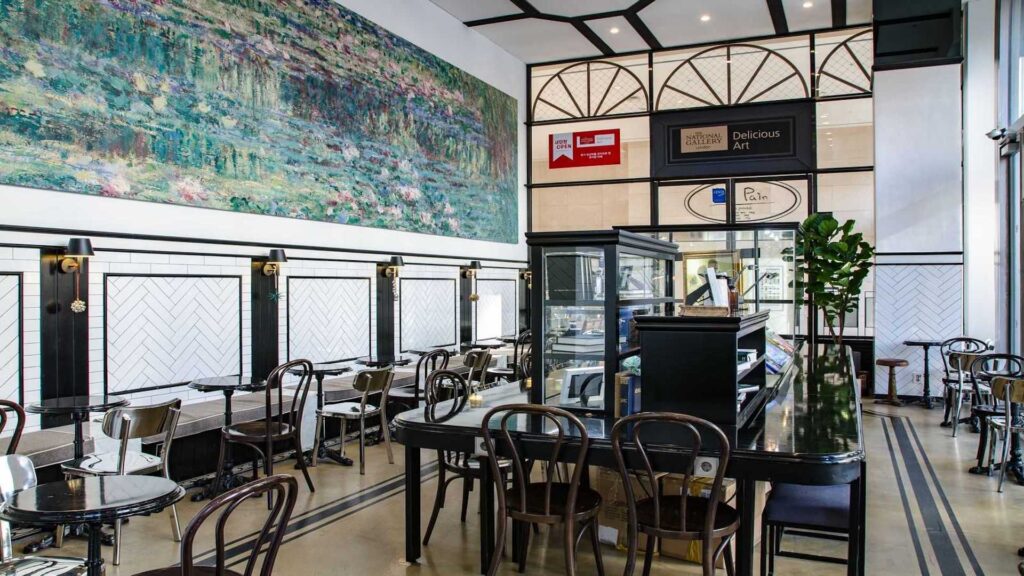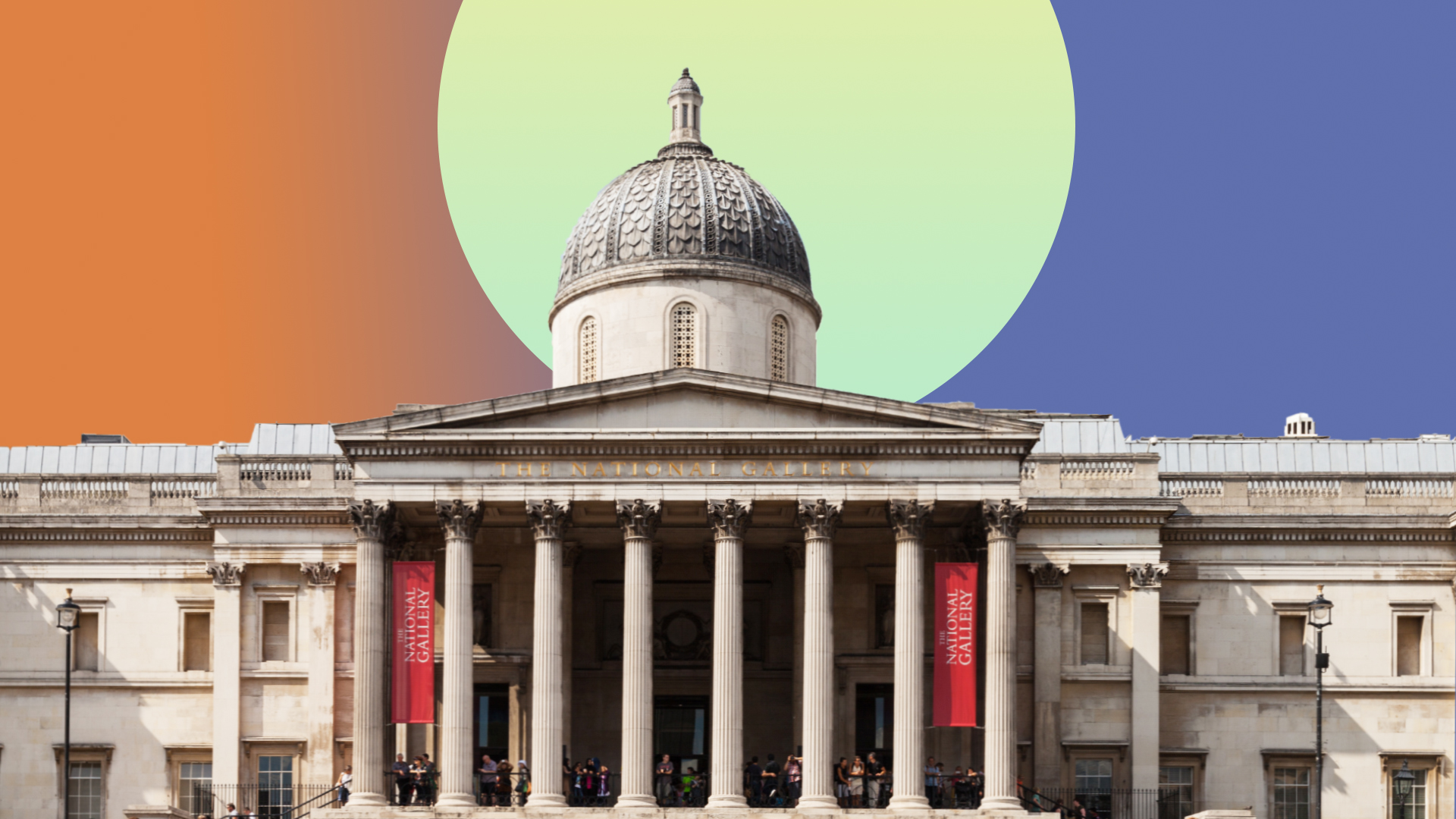Key Insights from The National Gallery Case Study
- Choose the Right Partner — China is an idiosyncratic and ever-evolving market. Few organizations have the band-width to engage with Chinese audiences across numerous platforms. The right partner will understand your heritage, its specific appeal, and how to generate exposure in keeping with your goals.
- Understand Your Niche — Cultural branding in China is a rapidly expanding, and competitive, market. To succeed, organizations must understand what about their brand appeals. Next, choose opportunities and platforms that reach your target audience.
In time, 2019 will stand as a watershed year for European museums in China. Pompidou Centre converged on Shanghai with an outpost on the banks of the Huangpu River, Picasso and Giacometti found permanent residency in Beijing’s 798 Art District, and even The Uffizi, typically a bastion of protectionism, signed a five-year deal with Hong Kong’s cultural authorities.
Opening a satellite museum may be an emphatic statement, but it demands substantial and sustained investment. Other European museums with ambitions in China are pursuing a nimbler approach, one focused on pop-up exhibitions, e-commerce, and meeting China’s young art lovers where they are; online.
One such institution is London’s National Gallery. Its Trafalgar Square location and expansive collection of Western European masterpieces have long seen it incorporated into whistle-stop tours of central London — it receives around 300,000 Chinese visitors per year — but, as Judith Mather, the museum’s Brand Licensing Director, offers, proactively engaging the Chinese market began in earnest in 2018.
First Step, A Partnership
From registering a social media account to researching an organization’s specific brand appeal, to understanding how to create and sell IP products, operating in China requires significant insight and expertise. As a result, most overseas museums partner with a Chinese agency. The National Gallery signing a five-year partnership with brand licensing experts Alfilo Brands in 2018.
Alfilo Brands has gained significant clout in the field through similar partnerships with The British Museum, The V&A, and The Metropolitan Museum of Art. Its remit runs from creating pop-up exhibitions in China to developing and selling cultural products to executing a social media strategy — The National Gallery launched on Weibo and WeChat in May, 2020.
“We need boots on the ground, we don’t speak mandarin, it’s a completely different world,” said Mather, “they understand we are technically a non-profit, and they really understand [our] heritage.”

For its Guangzhou pop-up the National Gallery recreated Van Gogh’s bedroom in Arles. Image: PSBC Consumer Finance
Their first endeavor was a 2018 “brand awareness” pop-up in a Shanghai metro station which presented highlights from the collection inside a cultural corridor. Passersby could learn more about the artwork and purchase National Gallery products by scanning QR codes with the installation engaging more than six million people.
The success led to similar pop-ups in Guangzhou and Shenzhen in 2019. Here, the emphasis shifted to creating more immersive experiences — visitors could walk through a Monet painting or dress up Van Eyck-style — with Alfilo guiding the decision-making, “the locations are recommended by our partner,” says Mather, “it’s really important for us to get someone who understands our brand and can give us the right places where we can get the right exposure.”
Turning Branding into Revenue
Although The National Gallery sold merchandise onsite at these pop-ups, China’s leading e-commerce platform for brands, Tmall, is its main revenue channel in China. To match The National Galleries’ brand appeal with products that tap into Chinese trends, Alfilo regularly connects London with local brands. Products are purchasable on a “Museums & Galleries Collection” Tmall page shared by Alfilo’s clients.

The National Gallery took part in Tmall’s Super IP Day in 2019 and International Museum Day this year. Image: Peter Huang
Mather’s five-year plan for cultural products starts with fashion and apparel before branching out into home interiors, food, and stationary. “We are attracting a young buyer, early 20s to 40ish, and mainly in first tier cities,” says Mather, “it’s the visual art appeal that first draws attention, then the authenticity that comes from the National Gallery.”
Presence on Tmall also grants access to specialty sale days, “we will do more on JD.com, they have something called super IP day for museums, we did a collaboration with us the MET, and the V&A, its like 11/11 [China’s largest online shopping holiday] but for museums”.
Next, the National Gallery will likely combine successful elements of its pop-ups and IP products in branded spaces. It has already opened two “Delicious Art Cafés” in South Korea which house collection artwork within a space celebrating British tea culture. “It’s about creating an ambience,” says Mather, “you can be clever with the products you offer, we have drinks inspired by wheat fields, a drink that looks like a Cezanne painting”.
The prospect of Chinese millennials posting snaps of Van Gogh cakes to social media seems a matter of when, not if.

The National Gallery’s has opened two “Delicious Cafes” in Seoul.
This article is based off a Jing Travel webinar presentation “Pop-Ups, Tmall, and Van Gogh Cakes” . Watch the webinar here.
Edited by Peter Huang.



